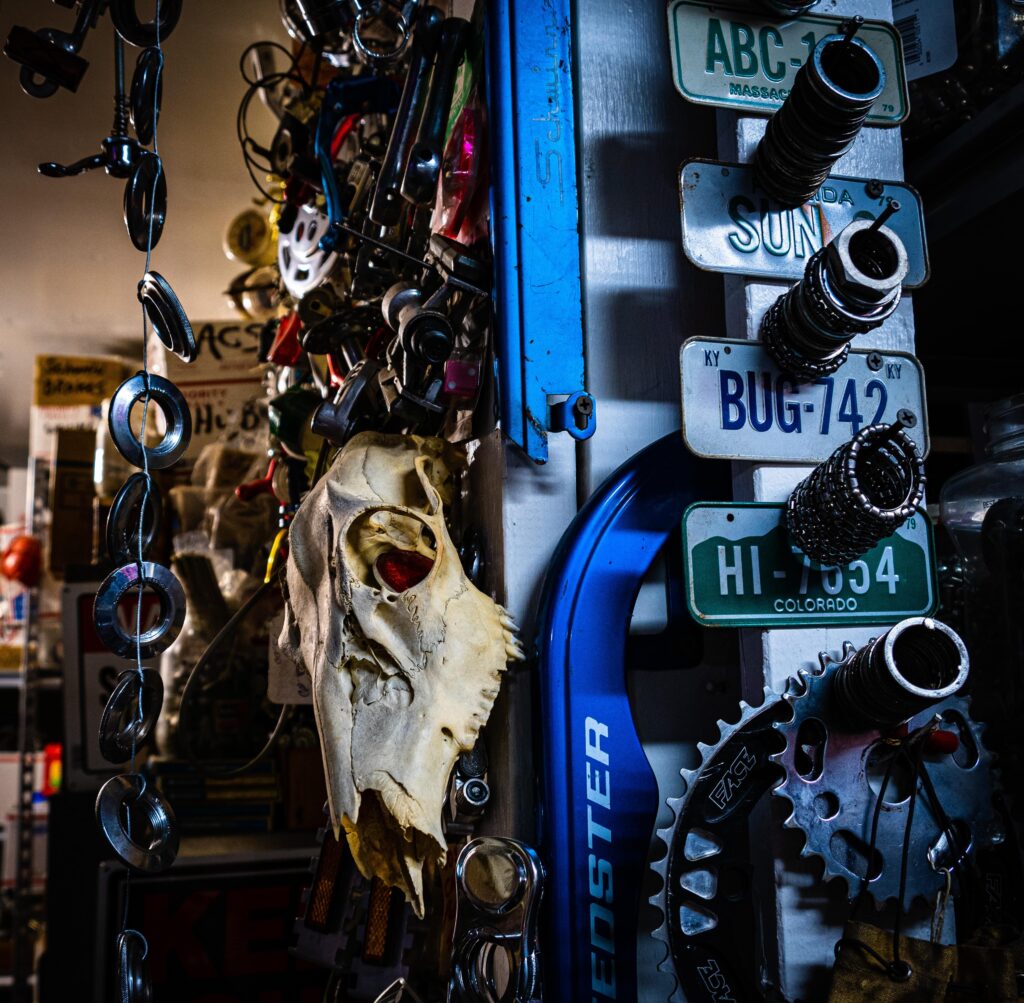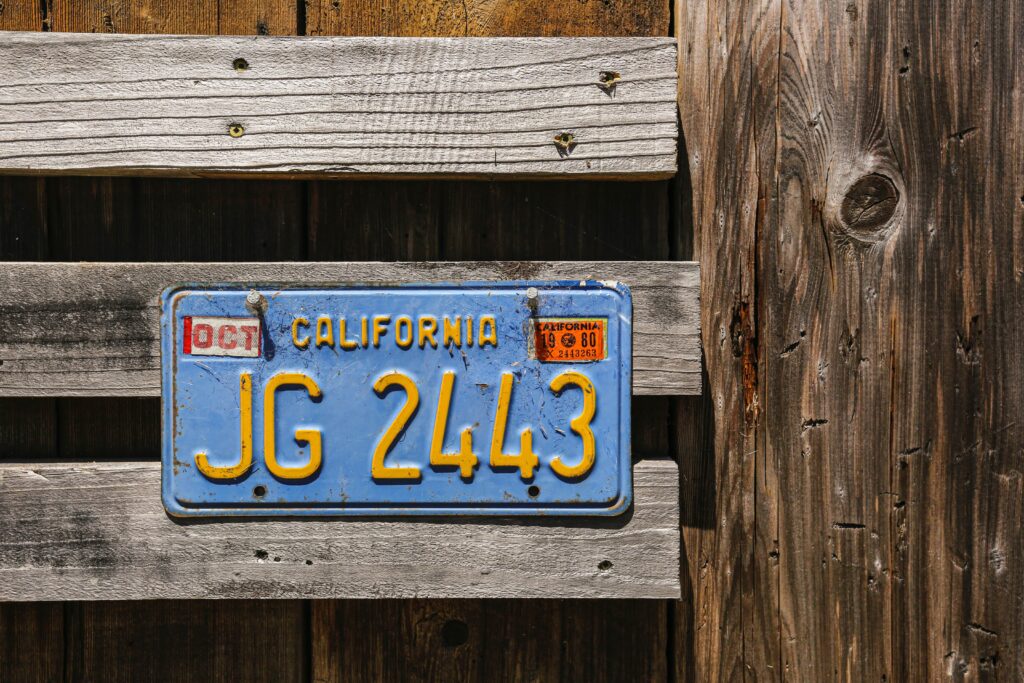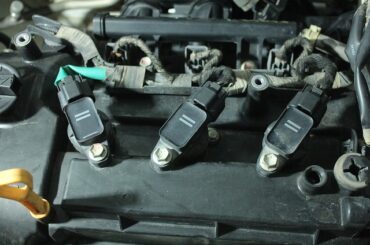A license plate is an essential part of any vehicle, displaying a unique combination of letters and numbers that help to identify the car and its owner. However, when a license plate becomes bent or damaged, it can cause various problems. A bent license plate has become deformed or twisted out of shape, often due to collisions or exposure to extreme weather conditions.
A readable license plate is crucial for ensuring that a vehicle can be properly identified for safety and legal requirements. A damaged or obstructed license plate can make it difficult for law enforcement officials to identify a vehicle or for toll booth cameras to capture actual footage.
Driving with a bent or obstructed license plate can have serious legal consequences, including fines or even impounding the vehicle. Addressing the issue as soon as possible is essential to avoid legal complications. In this article, we’ll explore the causes of a bent license plate, the legal implications of driving with one, and what steps you can take to address the issue.

Contents
Causes of a Bent License Plate
A license plate can become bent or damaged in a number of ways. Among the most common causes are:
- Collisions: If a vehicle is involved in a collision, the license plate can become bent or even detached from the car. This can occur if the car is hit from behind or collides with an object, such as a curb or pole.
- Exposure to extreme weather: Over time, extreme weather conditions such as extreme heat, cold, or heavy rain can cause a license plate to become bent or warped. The metal can expand and contract, leading to a bent or distorted shape.
- Wear and tear: Even without any specific incident, a license plate can become bent over time due to general wear and tear. This can be caused by road vibrations or impacts such as small stones hitting the plate.
It’s important to note that a bent license plate may still be readable and legal if it’s not obstructing the plate numbers or state names. However, if the damage is severe enough to make the plate challenging to read or identify, it may need to be replaced. The following section will explore the legal implications of driving with a damaged or obstructed license plate.
Legal Implications of a Bent License Plate
Most countries have specific requirements for license plate readability and visibility. License plates must be visible and legible, with all letters and numbers displayed. In some cases, license plates must be illuminated at night to ensure they can be seen in low-light conditions.
Driving with a damaged or obstructed license plate can have serious legal consequences. In some jurisdictions, driving with a license plate that is damaged or obstructed in any way is considered a traffic violation. This can result in fines or even impounding of the vehicle.

The legal consequences of driving with a damaged or obstructed license plate vary depending on the jurisdiction, but it is generally considered a severe offense. Law enforcement officials rely on license plates to identify vehicles and ensure public safety, so it’s essential to maintain a readable and visible license plate at all times.
If you have a bent license plate, it’s essential to have it inspected by a professional to determine whether it can be straightened out or if it needs to be replaced. Driving with a damaged or obstructed license plate can result in legal consequences, so addressing the issue as soon as possible is essential.
Addressing a Bent License Plate
If you have a bent license plate, there are several steps you can take to address the issue:
- Determine whether the license plate can be straightened out or if it needs to be replaced.
- If the license plate can be straightened out, use gentle pressure to bend it back into shape. Be careful not to use too much force, which can cause further damage.
- If the license plate needs to be replaced, you can purchase a replacement plate from a local Department of motor vehicles or online.
- Once you have a new license plate, properly affix it to your vehicle according to local regulations.
To find a professional to inspect and repair or replace a bent license plate, contact your local Department of motor vehicles or an automotive repair shop. They can guide the best action and refer you to a reputable service provider.
Bent license plate
Maintaining a readable and visible license plate is crucial for safety and legal reasons. A bent or damaged license plate can obstruct identification and result in potential legal consequences. To avoid these issues, it’s essential to prevent a license plate from becoming bent in the first place.
Some tips for preventing a license plate from becoming bent include parking in safe areas, avoiding collisions, and protecting the plate from weather damage. Regular inspections can also help identify any damage early on and prevent further deterioration.

If you have a bent license plate, it’s essential to address the issue immediately. Determine whether it can be straightened out or needs to be replaced, and find a reputable service provider to help with repairs.
By taking the necessary steps to maintain a readable and visible license plate, you can help ensure public safety on the road and avoid potential legal consequences.
More Posts :
Is Speedway Gas Good for Your Car? A 2023 Comprehensive Analysis
Unleash Your Ride: The Ultimate Guide to the 2023 Scat Pack Red Key






